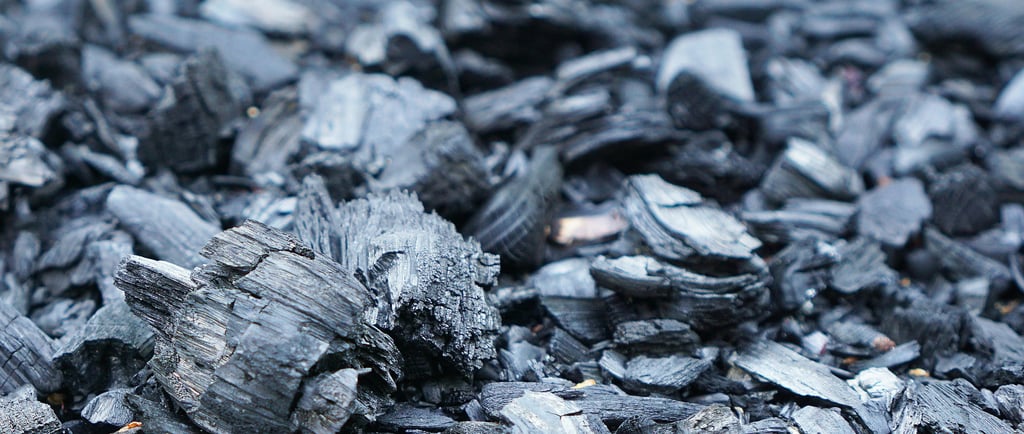Turning Agricultural Residues into Biochar
1/20/20251 min read


In Spain, a cooperative of small-scale farmers took a bold step toward climate resilience and agricultural regeneration. 🌾 Instead of burning or discarding their agricultural residues, the group invested in a slow pyrolysis unit — enabling them to transform waste into biochar, a powerful tool for both the environment and the economy.
💡 What is Biochar?
Biochar is a stable form of carbon created by heating biomass in the absence of oxygen. When added to soil, it offers multiple benefits:
🌿 Improves soil health and boosts water retention
🌍 Sequesters carbon for centuries, effectively removing CO₂ from the atmosphere
💡 Supports regenerative agriculture by enhancing microbial activity and nutrient retention
♻️ From Problem to Opportunity
This initiative is an example of valorizing a problematic byproduct. Instead of treating crop residues as waste, the cooperative turned them into a strategic climate solution that aligns with:
✅ Carbon farming strategies
✅ Circular bioeconomy principles
✅ Regional sustainability goals
And the benefits don’t stop at the farm gate. By producing biochar, the cooperative now generates carbon credits, opening a new revenue stream and enhancing their economic resilience. 💰
💡 A Model for Sustainable Transformation
This case clearly demonstrates how thoughtful repurposing of waste biomass can play a pivotal role in:
✅ Carbon dioxide removal (CDR)
✅ Climate change mitigation
✅ Soil regeneration and local sustainability
👉 Let's build a greener future together. 📩 Contact us to explore circular solutions for your business.


